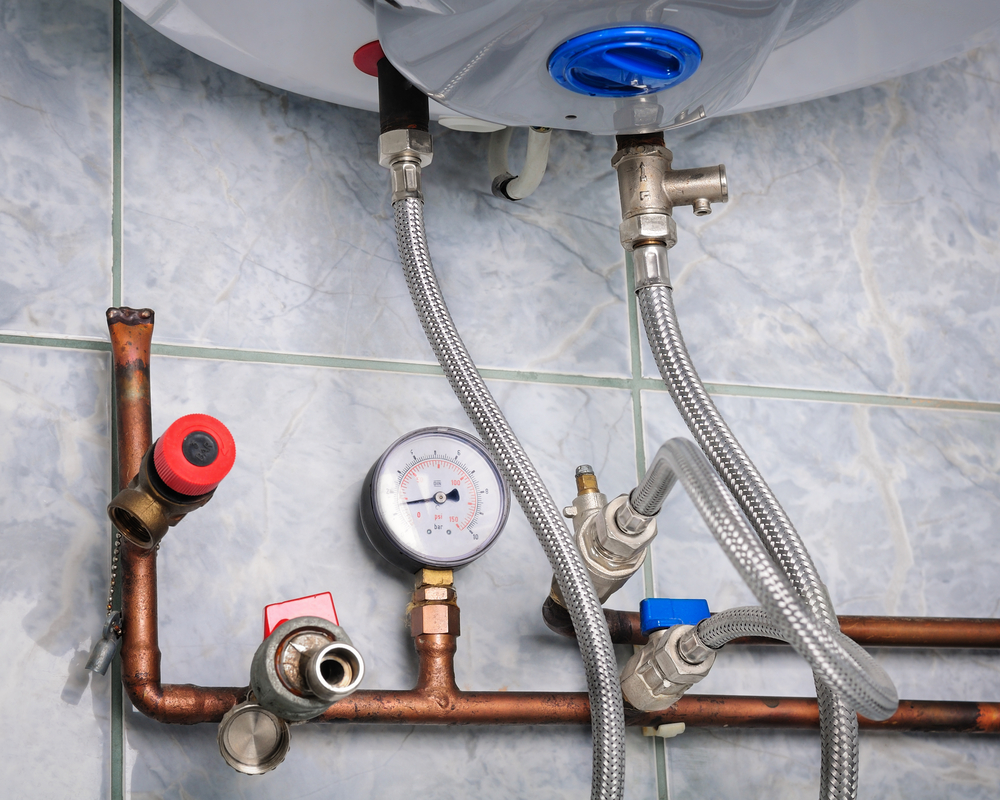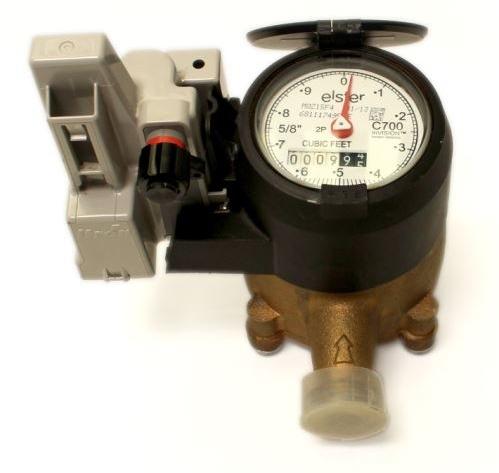Our Comprehensive Guide to Fixing Low Water Pressure in Your Home
Our Comprehensive Guide to Fixing Low Water Pressure in Your Home
Blog Article
Were you hunting for tips on 4 Ways to Troubleshoot Low Water Pressure?

Low water pressure in your house can be a frustrating issue, affecting whatever from bathing to cleaning meals. If you're experiencing weak water flow, there are a number of possible causes and services to explore. In this guide, we'll discuss usual reasons for low water pressure and practical steps to attend to the problem effectively.
Introduction to Low Tide Pressure
Low tide stress occurs when the circulation of water from your taps, showers, and other fixtures is weaker than typical. This can make daily tasks much more challenging and less effective. Comprehending the root causes of low tide stress is important to discovering the appropriate remedy.
Typical Reasons For Low Water Stress
Faulty Pressure Regulatory Authorities
Pressure regulatory authorities are accountable for maintaining constant water stress in your home. If they malfunction, it can result in low water stress or uneven circulation throughout the house.
Municipal Water Issues
Often, the trouble exists outside your home. Municipal water problems, such as main line leaks or maintenance work, can briefly decrease water pressure in your location.
Pipe Obstructions
In time, pipelines can become clogged with natural resource, sediment, or debris, restricting the circulation of water. This is an usual issue in older homes with galvanized steel pipelines.
Corrosion
Deterioration within pipelines can result in leaks and reduced water stress. Rust buildup can constrict water circulation, specifically in aging plumbing systems.
Exactly How to Identify Low Tide Stress
Evaluating Pipelines
Examine visible pipelines for indications of leakages, deterioration, or blockages. Take note of any kind of unusual noises, such as knocking or rattling pipelines, which might suggest concerns within the plumbing system.
Consulting with a Plumber
If you're unable to pinpoint the source of low tide pressure, consider working with an expert plumber to conduct an extensive evaluation. They can determine underlying problems and recommend suitable remedies.
Checking Faucets and Fixtures
Start by testing the water pressure at different taps and fixtures throughout your home. If the issue is isolated to details areas, it may show localized troubles.
DIY Solutions to Fix Low Water Pressure
Flushing Water Heater
Debris build-up in the water heater can restrict circulation and decrease effectiveness. Purging the storage tank occasionally assists eliminate debris and maintain ideal performance.
Examining Stress Regulator
Ensure that the stress regulator is operating correctly. Readjusting or replacing the regulator can aid restore appropriate water stress throughout your home.
Cleansing Aerators and Showerheads
Natural resources can gather in aerators and showerheads, minimizing water flow. Remove and clean up these elements regularly to boost water stress.
Cleaning Clogs in Water Lines
For small blockages, try making use of a plumbing snake or chemical drain cleaner to clear blockages in pipelines. Be cautious when using chemicals and adhere to security guidelines.
When to Call a Specialist Plumber
If do it yourself efforts stop working to deal with the problem or if you suspect considerable plumbing problems, it's best to seek support from a licensed plumber. They have the competence and tools to address complex issues securely and successfully.
Safety Nets to Keep Water Stress
Mounting a Pressure Booster
Take into consideration mounting a pressure booster pump to boost water stress in locations with consistently reduced flow. This can be especially valuable for multi-story homes or residential properties with high-demand components.
Monitoring Water Use
Be mindful of water use routines and avoid ill-using the plumbing system. Basic adjustments, such as staggering showers and laundry lots, can assist preserve ample water pressure.
Normal Upkeep
Arrange regular maintenance for your plumbing system to stop issues such as rust, leaks, and clogs. Resolving small issues early can aid avoid more considerable repair services later.
Conclusion
Handling low water stress can be discouraging, but identifying the underlying reasons and implementing proper options can bring back ideal flow throughout your home. Whether it's cleansing aerators, inspecting pipes, or talking to a plumber, taking proactive steps can guarantee a steady supply of water for your day-to-day demands.
FOUR WAYS TO FIX LOW WATER PRESSURE NOW
Turning on a shower or faucet only to find the water comes out in a sad, slow drizzle is never a good feeling. How exactly are you supposed to wash a pan or take a quick shower when it takes 10 minutes just to rinse off a little soap? The good news is that when your water pressure is bad, there's always a cause: typically one that can be easily fixed. Here are some of the most common causes of low pressure and what you can do to fix the issue:
DEBRIS AND MINERAL DEPOSIT BUILDUPS
If you notice low water pressure from just one or two of the fixtures in your house, the problem likely has to do with debris buildup. Water is full of minerals and other debris, all of which can accumulate in your pipes and on your fixtures. This can cause a blockage that affects how much water flows through. To fix this, try filling a small plastic bag with white vinegar, and use a rubber band to hang it around your showerhead or faucet. Let the head of the fixture soak for a few hours, and the vinegar should loosen the deposits.
WATER LEAKS
Leaks are another common cause of low water pressure. If water is flowing out of your plumbing through a hole or crack before it can reach your fixture, the pressure coming out of the faucet or showerhead will be lower. A plumbing professional is your best bet for finding and repairing a leak in your water supply pipes.
Leaks are another common cause of low water pressure. If water is flowing out of your plumbing through a hole or crack before it can reach your fixture, the pressure coming out of the faucet or showerhead will be lower. A plumbing professional is your best bet for finding and repairing a leak in your water supply pipes.
A VALVE ISSUE
If you have low water pressure throughout your home, check your main shut-off valve to make sure it's completely open. You may also want to see if there's a pressure-reducing valve installed. If there is, have a plumber help you adjust the settings to get the pressure you're looking for.
OTHERS USING WATER
Believe it or not, your low water pressure could be caused by your neighbors. If you notice low pressure at certain times of day, it may be because you and the people living next to you have similar schedules - when everyone is showering at the same time, the pressure will be lower in every home. Low pressure throughout the neighborhood may also be caused by an issue with your municipal water supply. If that's the case, call the supplier to see if they're working on the issue.
https://www.rotorooter.com/blog/water-leaking/low-water-pressure-fixes/

As a passionate reader about Dealing with Low Water Pressure in Your Home, I imagined sharing that piece of content was a good idea. Sharing is nice. Helping others is fun. Thanks a bunch for your time. Please pay a visit to our blog back soon.
Website Report this page